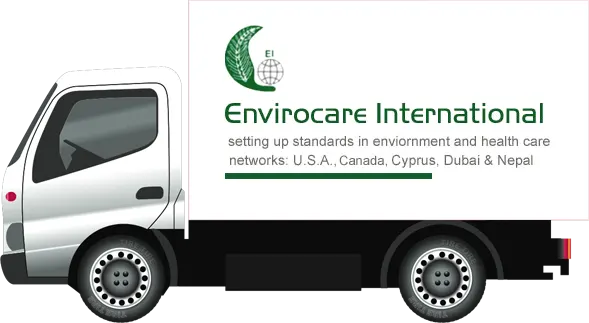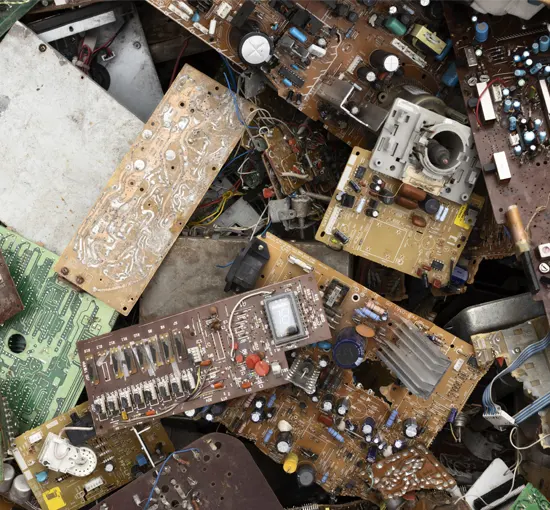Electronic waste includes computers, entertainment electronics, mobile phones and other items that have been discarded by their original users. While there is no generally accepted definition of electronic waste, in most cases electronic waste consists of electronic products that were used for data processing, telecommunications, or entertainment in private households and business that are now considered obsolete, broken, or irreparable. Despite its common classification as a waste, disposed electronics are a considerable category of secondary resource due to their significant suitability for direct reuse (for example, many fully functional computers and components are discarded during upgrades), refurbishing, and material recycling of its constituent raw materials.




